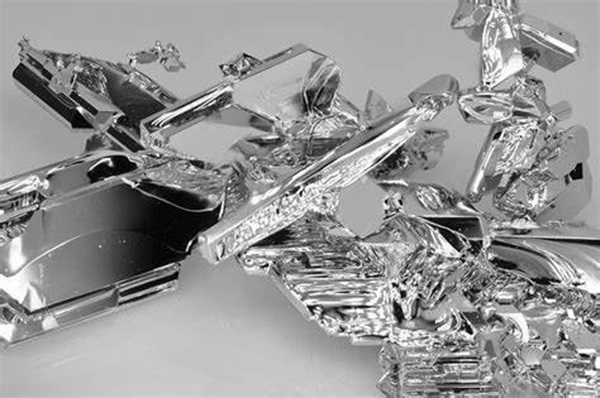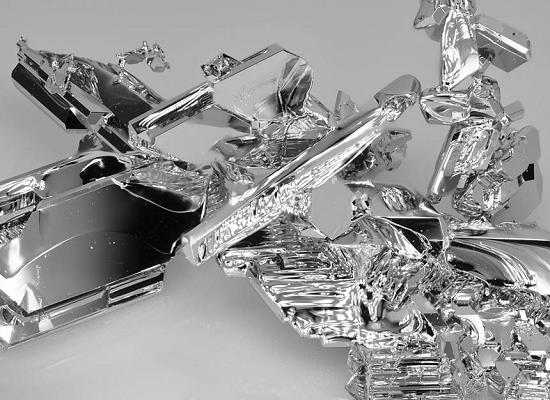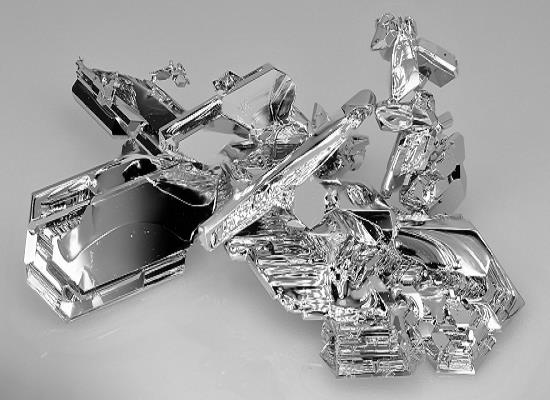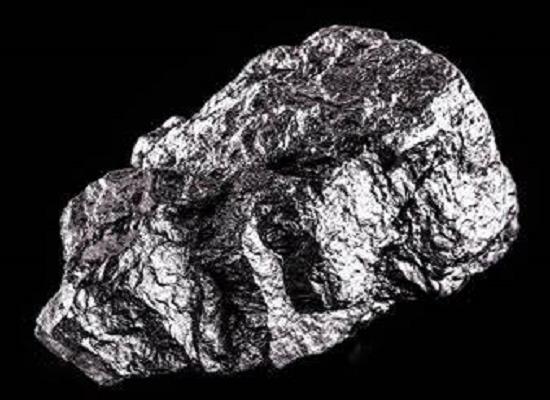Ruthenium Complexes: Promising Photosensitizers for Medical Applications Beyond Cancer Treatment
General Description
Ruthenium is a transition metal with unique properties that make it attractive for use in medicine and biotechnology. Ruthenium(II) polypyridyl complexes are the most commonly studied ruthenium complexes used as photosensitisers in photodynamic therapy (PDT). These complexes have favorable photophysical and chemical properties, including high yields of singlet oxygen, making them effective in Type 2 reactions in PDT. However, their low absorption in the biological optical window limits their application to topical or localized internal infections. Ongoing research aims to address this limitation. Additionally, studies have explored the potential clinical applications of Ruthenium(II) polypyridyl complexes beyond cancer treatment, including in dental materials and intraoral wound repair.
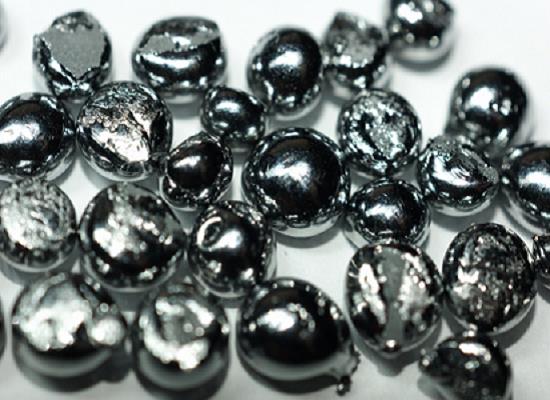
Figure 1. Ruthenium
Properties in Medicine and Biotechnology
Ruthenium is a transition metal that is positioned in Group 8, period 5 of the Periodic Table. It has an atomic number of 44 and a relative atomic mass of 101.07 gmol−1. It is the sixth rarest metal found in the earth's crust, occurring at around 0.0004 ppm. There are 7 naturally occurring isotopes of Ruthenium, with +2, +3 and +4 states being the most common among its 8 oxidation states. Ruthenium(II) complexes have higher kinetic and thermodynamic stability than Ruthenium(III), while Ruthenium(IV) complexes are generally unstable because of their higher oxidation state. Ruthenium is used medicinally and biotechnologically, and some of its complexes have been studied for their antimicrobial properties. They can be classified into four classes (Class I to IV) based on the role of the Ruthenium ion in contributing to the complexes' antimicrobial activity. We will focus on Class IV Ruthenium complexes in our review, which act as photosensitisers and are only active upon irradiation. These complexes have multimodal actions and can be used in various applications, including in photodynamic therapy for cancer treatment and in antimicrobial coatings for medical devices. In conclusion, Ruthenium is a promising transition metal with various applications in medicine and biotechnology. Its complexes have unique properties that make them attractive for use in different fields, and their mechanisms of action have been extensively studied. 1
Ruthenium (II) polypyridyl complexes
Brief history
Ruthenium(II) polypyridyl complexes have been extensively studied and are the most commonly investigated ruthenium complexes used as PS in PDT. The three main polypyridine ligands used in these complexes are 2,2'-bipyridine (bpy), 1,10-phenanthroline (phen), and 2,2':6',2''-terpyridine (terpy). These complexes have gained attention in aPDT due to their favorable photophysical and chemical properties. They exhibit large Stokes shifts, minimizing interference between excitation and emission. Moreover, they have high yields of singlet oxygen (1O2), which is crucial for Type 2 reactions in PDT. Additionally, their positive charge facilitates interactions with negatively charged bacterial membranes, enhancing their antimicrobial activity. However, a significant limitation of Ruthenium(II) polypyridyl complexes is their low absorption in the biological optical window, typically having absorption maxima shorter than 500 nm. This restricts their application to topical or localized internal infections. To overcome this challenge, structural modifications and advancements involving nanoparticles, photothermal therapy, and combinatory therapy have been explored to broaden the application of Ruthenium(II) polypyridyl complexes. In summary, Ruthenium(II) polypyridyl complexes have shown great potential as PS in aPDT due to their unique properties. Ongoing research aims to address their limitations and expand their applications through various strategies and technological advancements. 2
Clinical applications
While most studies on Ruthenium (II) polypyridyl complexes have focused on their anticancer properties, there have been reported studies exploring their potential clinical applications beyond cancer treatment. One such application is incorporating photoactive Ruthenium (II) polypyridyl complexes into dental materials. Manso et al. investigated the incorporation of tris(4,7-diphenyl-1,10-phenanthroline)ruthenium(II) bis(hexafluorophosphate) (Ru(dpp)3(PF6)2) into a methacrylate-based dental resin blend. Under blue light irradiation, the experimental resin blend exhibited significant antimicrobial photodynamic therapy (aPDT) effects against Streptococcus mutans ATCC 33535, resulting in a more than two log reduction in CFU/mL compared to the dark control. Similarly, Qi's team developed a light-responsive antibacterial hydrogel, DCS-RuB2A2-BMSCs hydrogel, for intraoral wound repair. This hydrogel incorporates bone marrow-derived mesenchymal stem cells (BMSCs) and ruthenium crosslinkers (RuB2A2). Upon visible light exposure, the hydrogel exhibited antibacterial activities against S. aureus and E. coli, facilitated by the detachment and attachment of the ruthenium moiety to bacterial membranes. These studies demonstrate the potential of Ruthenium (II) polypyridyl complexes in clinical applications outside of cancer treatment. 3
Reference
1. Lee SY, Kim CY, Nam TG. Ruthenium Complexes as Anticancer Agents: A Brief History and Perspectives. Drug Des Devel Ther. 2020 Dec 3;14:5375-5392.
2. Ng XY, Fong KW, Kiew LV, Chung PY, Liew YK, Delsuc N, Zulkefeli M, Low ML. Ruthenium(II) polypyridyl complexes as emerging photosensitisers for antibacterial photodynamic therapy. J Inorg Biochem. 2024 Jan;250:112425.
3. Britten NS, Butler JA. Ruthenium Metallotherapeutics: Novel Approaches to Combatting Parasitic Infections. Curr Med Chem. 2022 Aug 15;29(31):5159-5178.
Related articles And Qustion
Lastest Price from Ruthenium manufacturers

US $2.00-6.00/kg2025-07-25
- CAS:
- 7440-18-8
- Min. Order:
- 1kg
- Purity:
- 99%
- Supply Ability:
- 100kg

US $0.00-0.00/kg2025-04-04
- CAS:
- 7440-18-8
- Min. Order:
- 1kg
- Purity:
- 98%
- Supply Ability:
- 1Ton

